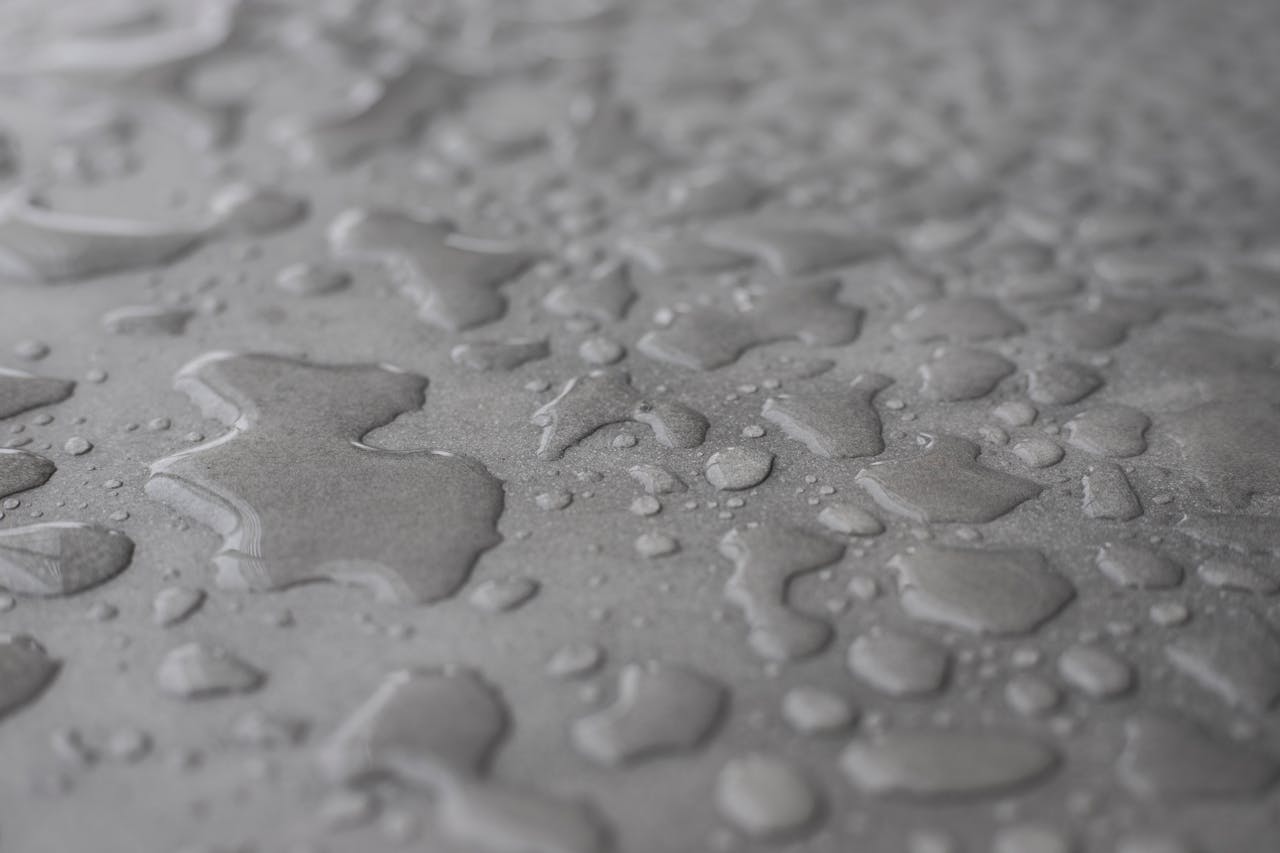A study in the Journal of photochemistry and Photobiology found UVA radiation levels inside cars can reach up to 60% of the outdoor levels.
Why does this matter?
The average commute time in many places can add up to significant sun exposure, especially for those with long commutes or who spend a lot of time driving during peak sun hours.
UVA Exposure: While car windows typically block UVB rays (the ones responsible for sunburn), they often do not block UVA rays, which penetrate deeper into the skin and cause cumulative damage over time.
Exposure Duration: The average commute time in many places can add up to significant sun exposure, especially for those with long commutes or who spend a lot of time driving during peak sun hours.
Side Window Exposure: Even though windshields are usually made of laminated glass that blocks most UVB rays, side windows are typically made of non-laminated glass, which offers minimal protection against UVA rays.
Skin Damage: Cumulative sun exposure from driving can lead to various skin issues, including premature aging, wrinkles, sunspots, and an increased risk of skin cancer.
Preventive Measures: To mitigate sun damage while driving, individuals can apply broad-spectrum sunscreen with an SPF of 30 or higher, wear protective clothing such as long sleeves and hats. Driving gloves are also very cool, as far as we are concerned. ⭐️

